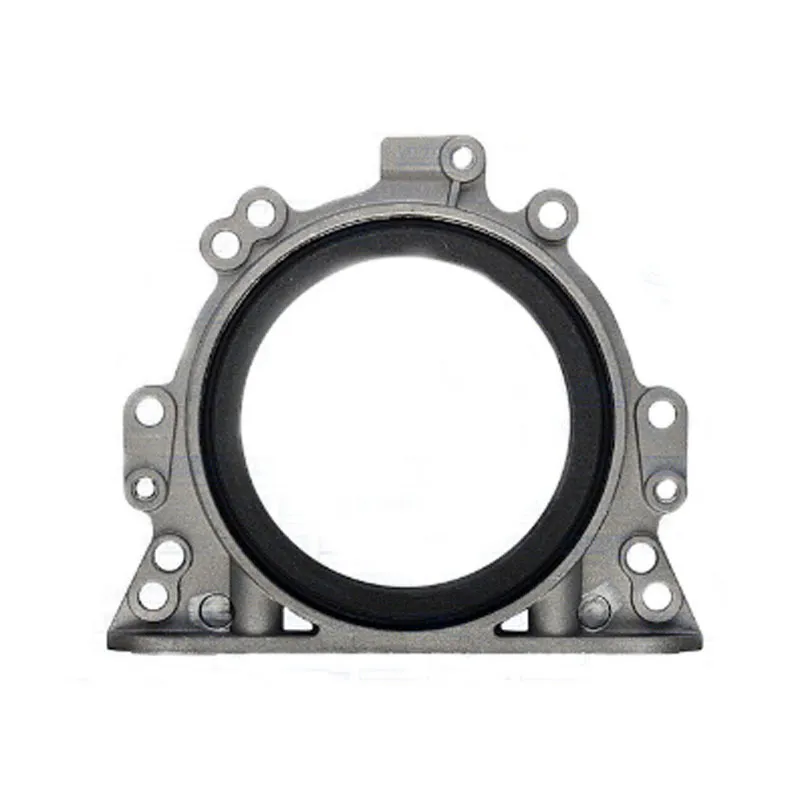drive shaft to transmission seal
Understanding the Drive Shaft to Transmission Seal Importance and Maintenance
The drive shaft to transmission seal plays a crucial role in the overall functionality of a vehicle's drivetrain. This seemingly small component is essential for ensuring that the power generated by the engine is effectively transmitted to the wheels without any loss of fluid or energy. In this article, we will explore what the drive shaft to transmission seal is, its importance, the common issues associated with it, and how to maintain it to ensure optimal vehicle performance.
What Is the Drive Shaft to Transmission Seal?
The drive shaft is a key component in a vehicle's drivetrain that transfers power from the transmission to the drive wheels. The transmission seal, also known as the output shaft seal, is positioned where the drive shaft connects to the transmission. Its primary function is to prevent transmission fluid from leaking out while also guarding against dirt, debris, and other contaminants that could enter the transmission.
The seal is typically made from durable materials such as rubber or neoprene, which allow it to withstand the harsh conditions present in a vehicle's operating environment. Over time, however, even the most resilient seals can degrade due to exposure to heat, friction, and contaminants.
Importance of the Drive Shaft to Transmission Seal
1. Fluid Containment The primary function of the drive shaft to transmission seal is to keep transmission fluid contained within the transmission housing. Transmission fluid is vital for lubricating the various moving parts within the transmission, ensuring smooth operation and preventing wear.
2. Preventing Contamination In addition to containing the transmission fluid, the seal protects the transmission from external contaminants such as dirt, dust, and moisture. Exposure to these elements can lead to accelerated wear and potential transmission failure.
3. Enhancing Efficiency A properly functioning seal helps maintain hydraulic pressure within the transmission system. This pressure is necessary for the correct operation of the transmission, which directly affects the efficiency of power delivery to the wheels. A leaking seal can result in reduced performance, increased fuel consumption, and ultimately, costly repairs.
Common Issues and Symptoms of a Failing Seal
Detecting issues with the drive shaft to transmission seal early on can save vehicle owners significant time and money
. Some common symptoms of a failing seal includedrive shaft to transmission seal

- Transmission Fluid Leaks One of the most obvious signs of a failing seal is the presence of reddish transmission fluid pooling beneath the vehicle. Regularly checking for fluid leaks can help identify issues before they escalate.
- Poor Transmission Performance If the seal is compromised, the transmission may exhibit erratic shifting, slipping, or difficulty in engaging gears. These symptoms often indicate that the hydraulic pressure is not being maintained due to fluid loss.
- Unusual Noises A failing seal may allow debris to enter the transmission, leading to grinding or whining noises. This could signify internal damage that needs immediate attention.
Maintenance and Replacement
To maintain the integrity of the drive shaft to transmission seal, vehicle owners should consider regular inspections as part of their maintenance routine. Here are some tips for ensuring the seal remains in good condition
1. Regular Fluid Checks Regularly checking transmission fluid levels and condition can help identify potential issues early. If the fluid appears dark or has a burnt smell, it may be time for a fluid change.
2. Prompt Repairs If leaks or performance issues are detected, it is essential to address them promptly. Ignoring symptoms can lead to more severe problems, requiring expensive repairs or transmission replacement.
3. Professional Inspection Having a qualified mechanic inspect the drive shaft and transmission seal during routine maintenance can help catch wear and tear before it becomes problematic. Mechanics can also replace worn seals as part of scheduled maintenance.
Conclusion
The drive shaft to transmission seal may not be the most glamorous part of a vehicle, but it is undeniably vital to its operation. Maintaining this component through regular checks and timely repairs can help ensure that your vehicle runs smoothly and efficiently. By understanding the importance of this seal and how to care for it, vehicle owners can extend the life of their transmissions and enhance overall driving performance. Remember, when in doubt, consult with a professional mechanic who can provide the necessary expertise to keep your vehicle in top shape.
-
The Ultimate Guide to Boat Propeller Bearings and Trailer Wheel Bearings
News Jul.31,2025
-
The Essential Guide to Marine Bearings and Boat Trailer Wheel Bearings
News Jul.31,2025
-
The Complete Guide to Heavy Duty Seals: Protecting Doors and Spaces Efficiently
News Jul.31,2025
-
Essential Guide to Marine Shaft Bearings and Boat Trailer Axle Bearings
News Jul.31,2025
-
Comprehensive Guide to Marine and Trailer Bearings for Safe Boating and Transport
News Jul.31,2025
-
Comprehensive Guide to Automotive Oil Seals: Protecting Your Engine and Shafts
News Jul.31,2025
-
Understanding Automotive Oil Seals: Essential Components for Engine and Shaft Protection
News Jul.30,2025
Products categories















